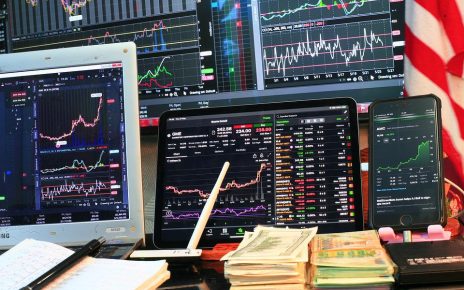- The Japanese yen weakened to a six-month low against the greenback.
- The IMF urged the ECB to persist in raising rates to reduce inflation.
- The Canadian dollar reached its highest level against the dollar in nine months on Friday.
Currency futures closed mixed on Friday after a week full of policy decisions. The Japanese yen weakened against the greenback, reaching its lowest point in six months. The Bank of Japan, as anticipated, maintained its short-term rate target of -0.1% and its 10-year bond yield cap of 0%.
Despite higher-than-expected inflation, the central bank continued its accommodative monetary policy. It further indicated that it would remain distinct from other global central banks by bolstering a delicate economic recovery.
This decision sharply contrasts with the European Central Bank, which raised borrowing costs to a 22-year high on Thursday. Meanwhile, the US Federal Reserve signaled that it has not finished combating inflation on Wednesday.
On Friday, the International Monetary Fund urged the European Central Bank to persist in raising rates to reduce inflation. The ECB had already increased borrowing costs to their highest point in 22 years on Thursday.
Furthermore, it indicated that persistently elevated inflation virtually ensured another rate hike next month, with further increases likely after that. This saw the euro close higher on Thursday and nearly flat on Friday.
Elsewhere, the Canadian dollar reached its highest level against the US dollar in nine months. It was driven by an increase in oil prices and a reassessment of expectations regarding the peak level of rates in the US and Canada.
The Federal Reserve recently projected two more rate hikes, resulting in a policy rate ranging from 5.50% to 5.75%. However, the current market outlook indicates the likelihood of only one additional rate increase.
Simultaneously, investors anticipate that the Bank of Canada’s benchmark rate will reach approximately 5.10% by the end of this year, marking a 32-basis-point increase since the start of June.
Bank of England rate expectations (Source: Refinitiv Datastream)
Finally, the pound had its largest weekly gain in half a year, following a series of economic data releases, central bank rate decisions, and in anticipation of the upcoming monetary policy meeting of the Bank of England.
Analysts noted that multiple factors contributed to the pound’s strength against the dollar throughout the week. Notably, data revealed that British wages experienced a more significant increase than anticipated, heightening investors’ expectations of further rate hikes from the Bank of England.





